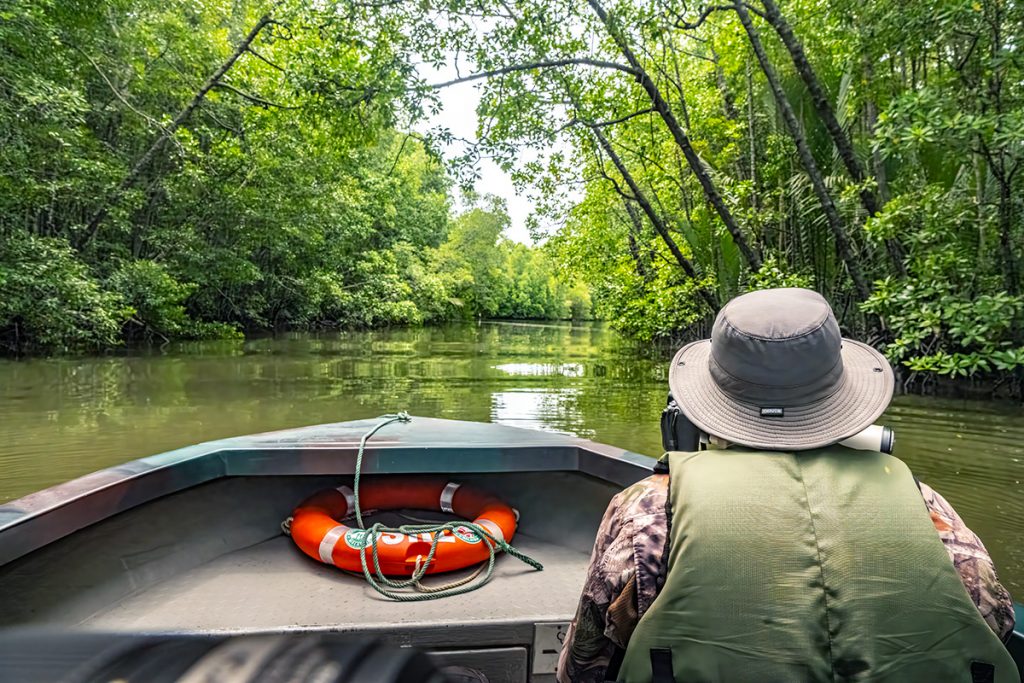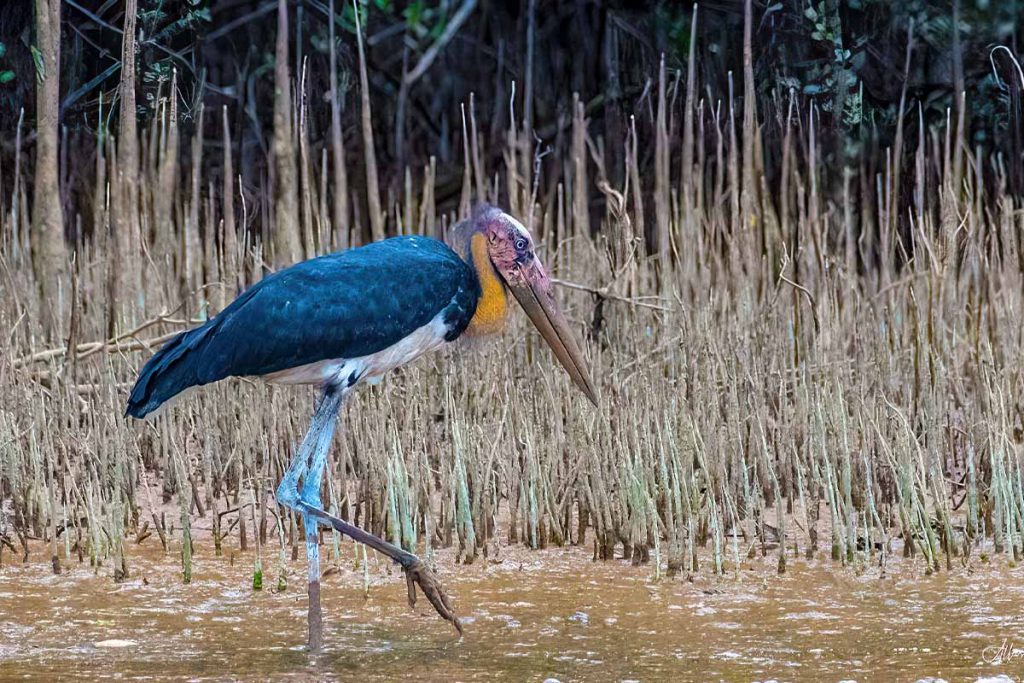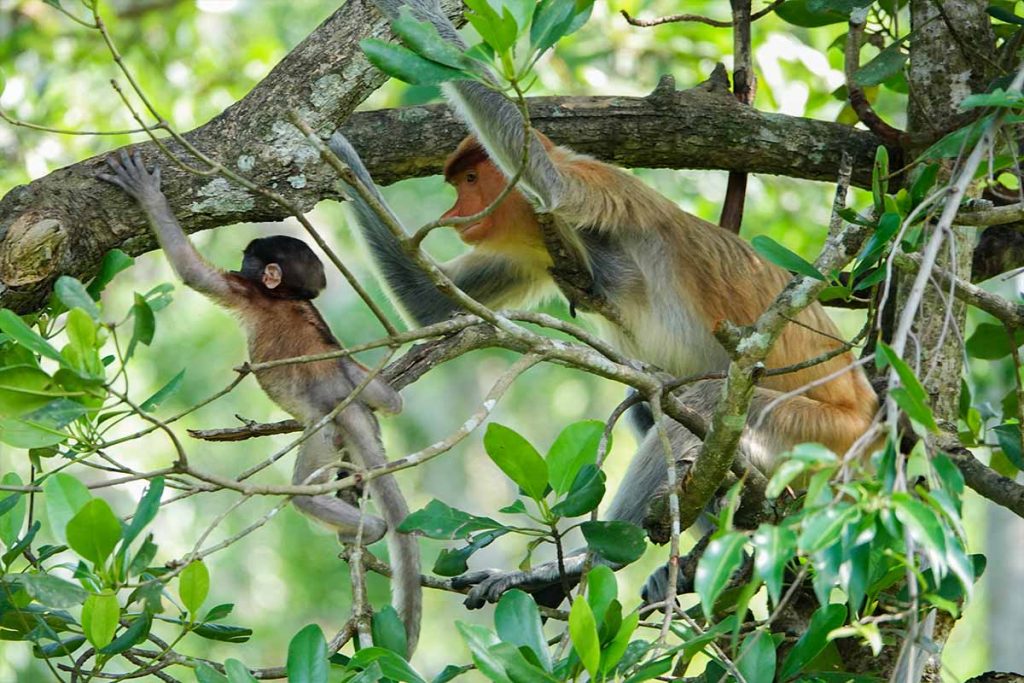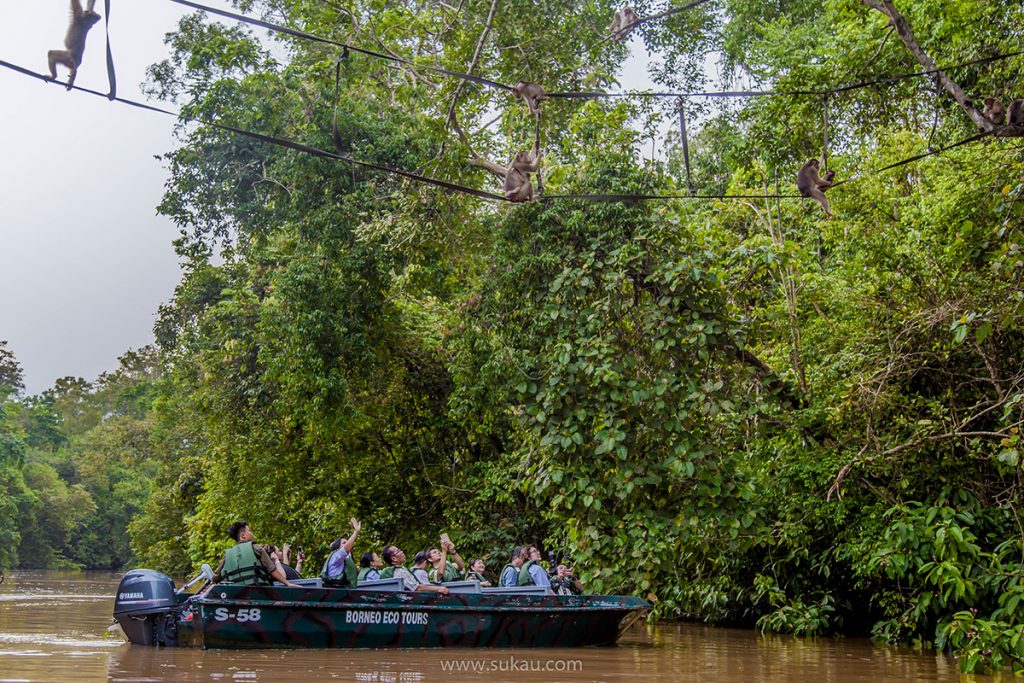Mangrove forests grow where the saltwater meets the shore along the tropical and subtropical coast. Transitional between the terrene and the sea, this wetland is indeed more than just a unique ecosystem but also one of the forests that is unfortunately, poorly understood.
As one of the world's most threatened tropical environments, mangrove forests are facing ongoing ecological pressure, and according to UNESCO, more than 75% of these wetlands are in danger. Today, an estimated 67% of the world's mangrove forests have vanished and degraded!

Malaysia has 641,886 hectares of mangrove forest, and 57% of the country's mangrove forest is in Sabah alone. Of those numbers, sadly, only 69% are protected and have been gazetted as forest reserves.
Mangrove forests are becoming increasingly threatened by various unhealthy human activities. Some of the main threats include rapid expansion of coastal development for agriculture and aquaculture, over-exploitation of its natural resources, and natural disasters. Yet despite their importance, Did you know that over a third of the world's mangrove forests have already disappeared, cleared faster than tropical rainforests?
Well, here's how we can turn this ship around by learning some of the importance of these unique wetlands.
Mangroves, like other coastal forests, are a powerful carbon sink. This coastal forest is vital in combating climate change through carbon sequestration. They are known as some of the most carbon-rich ecosystems in the world, effectively absorbing large quantities of greenhouse gas carbon dioxide from the atmosphere and stored both in the trees and in the soils, thus decreasing the effect of global warming.
Mangroves are indeed a powerhouse when it comes to carbon storage. Research on this coastal wetland indicated that mangrove forests can store up to four times more carbon than other tropical rainforests!
Did you know UN figures have indicated that a hectare of mangrove forest can store 3,754 tons of carbon, equivalent to taking more than 2,650 cars off the road for one year?!
Often called the "Rainforest of the Sea," mangroves are one of the world's most important ecosystems. From terrestrial to aquatic species, from trees to vertebrates and invertebrates, a healthy mangrove forest is a nesting, breeding, and nursing ground for many plant and animal species.

Mangrove tree parts provide suitable habitats for tiny creatures like barnacles, mudskippers, and large animals, from insects to birds and mammals. From the murky coastal saline or brackish water where marine life forage and breeds, to muddy ground where the mudskippers and mud crab scurry around, to the arching roots where the barnacles and snails cling, to the tree canopy where primates and birds forage and roost - mangrove ecosystems indeed are home to a myriad of life that depends on it.
Sabah has the most extensive coverage of mangroves in Malaysia, with over 341,000 hectares that mainly can be found along the state's east and southeast coast. Most are protected and gazetted as Mangrove Forest Reserve class V under the Sabah Forestry Department enactment.
In Sabah, the mangrove forest harbors unique and specialized creatures. For example, the endemic Proboscis monkey is one of the most prominent residents of the mangrove forests. Primates of a particular species typically forage and rest during the early morning and late afternoon.

As global temperatures rise, we are experiencing an increase in the frequency of extreme weather events, such as storms and other severe weather. Additionally, there is a worldwide rise in sea levels, primarily caused by climate change caused by human activities.
Mangrove forests play a pivotal role in coastal defense against the threat of these severe weather events induced by global warming. As natural barriers, this coastal wetland's unique ecosystems provide a critical line of defense, absorbing the impacts of storms and wave surges, tsunamis, erosion, and the rise of sea level. The intricate root system of the mangrove acts as a front line, protecting the higher ground from the impacts, stabilizing shorelines from the threat of erosion, and reducing the risk of coastal flooding that potentially occurs when the sea level rises.
Understanding the vital role of mangrove forests in confronting the challenges posed by climate change is essential for implementing effective strategies to protect, preserve, and restore our mangrove forests worldwide.
As a biodiversity haven, mangroves support a vast diversity of plant and animal life that is known to be crucial ecosystem services to millions of people living in the coastal zones. Mangrove forests are vital in supporting local economies by providing resources and services. They contribute to the economy through:
Fisheries
Mangroves serve as nurseries for many marine life species, such as fish, crabs, clams, and more. This habitat supports fisheries activities and provides livelihoods for local communities by generating employment and income.
Harvesting Timber and Non-timber Products
Mangrove wood is known for its durability and resistance to rotting, making it an ideal material for outdoor use. The trees are for timber for building dwellings and boats, as well as the production of charcoal for fuel. Non-timber products, such as honey and medicinal plants, contribute to local economies.
Ecotourism
Mangrove areas attract ecotourism, providing opportunities for local businesses and services, including guided tours and accommodations. In contrast to other tropical forests, mangrove forests have picturesque landscapes that offer a unique experience for tourists. More than just nature or recreation activities, visiting this coastal wetland can teach us more about the importance of the ecosystem, its importance, and how local inhabitants benefit from it.

Around the globe, these coastal communities depend on mangroves for food, protection, and a source of economy. The disappearance of these coastal wetlands would have dramatic consequences, as these fragile and intricate ecosystems are providers - for nature and people.
In conclusion, the importance of mangrove forests cannot be denied or overstated. This fragile ecosystem protects the coastal landscape and its complex biodiversity and serves as an economic lifeline for local inhabitants who depend on this coastal forest.
Let us embrace this coastal wonder and its importance and work together to preserve and conserve them for generations to come